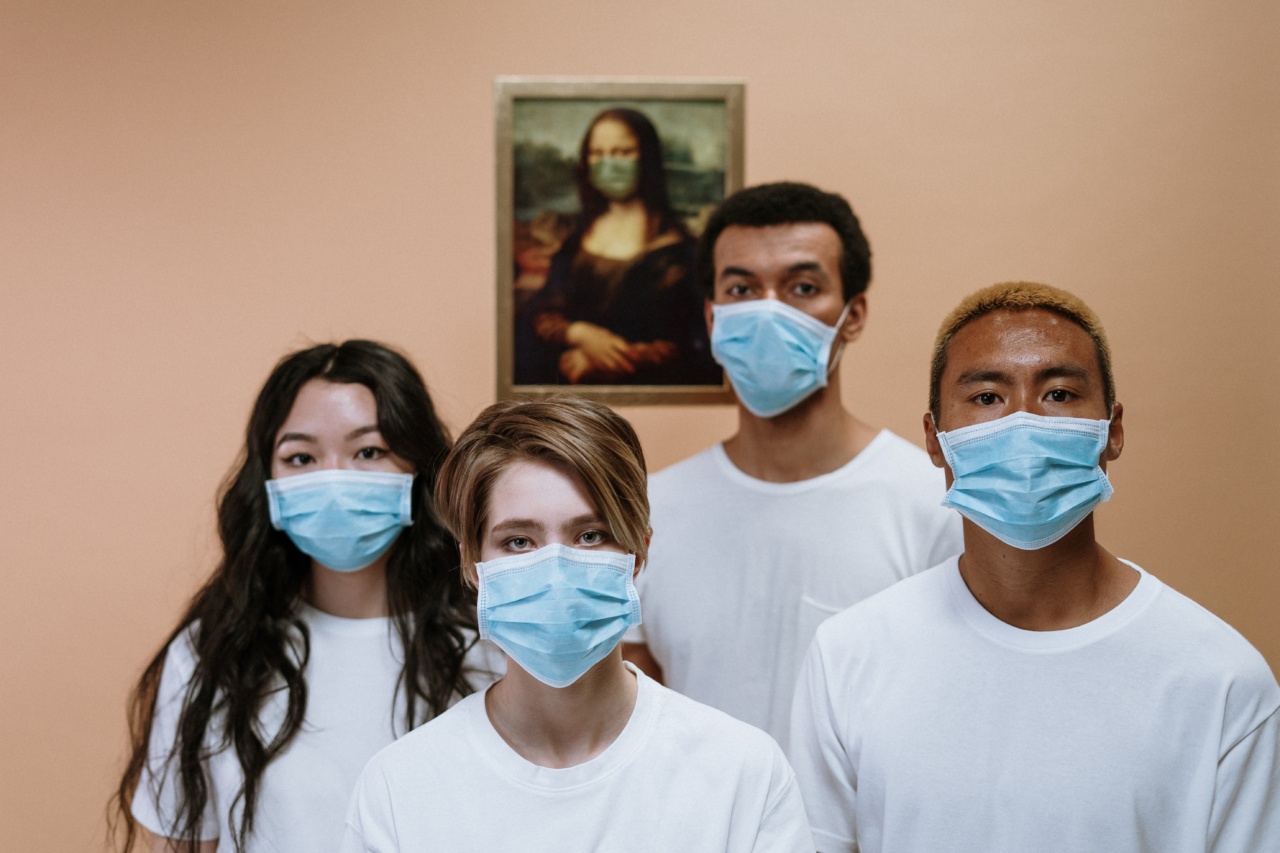The influenza outbreak is a serious concern for vulnerable populations such as the elderly, children, pregnant women and those with underlying health conditions.
This highly contagious virus can spread rapidly, causing severe illness and sometimes even death. According to the World Health Organization (WHO), influenza causes between 250,000 and 500,000 deaths worldwide each year. In 2019, the flu season was the longest in a decade in the United States, with over 34 million reported cases.
What is Influenza?
Influenza, commonly known as the flu, is a contagious respiratory illness caused by influenza viruses. There are four types of influenza viruses, A, B, C, and D. Influenza A and B viruses are responsible for seasonal flu epidemics every year.
The flu can be mild to severe, and in some cases, it can lead to hospitalization and even death. The flu season usually starts in October and can last until May, with peak activity between December and February.
Symptoms of Influenza
The symptoms of influenza can vary from person to person, but usually include:.
- fever or feeling feverish/chills
- cough
- sore throat
- runny or stuffy nose
- muscle or body aches
- headaches
- fatigue (tiredness)
- some people may also experience vomiting and diarrhea, though this is more common in children than adults
Symptoms can appear suddenly and might last several days. It’s common for people to recover within a week or two without medical treatment, but for some people, the flu can lead to severe illness or even death.
If you think you have the flu, it’s important to see a doctor and get treatment as soon as possible.
Influenza Outbreaks and Vulnerable Populations
Influenza outbreaks can affect anyone, but some groups are at higher risk of severe illness or complications. These groups include:.
- The elderly (people aged 65 years and older)
- Children (especially those younger than 5 years old)
- Pregnant women
- People with weakened immune systems (such as those with HIV/AIDS or cancer)
- People with chronic illnesses (such as asthma, diabetes or heart disease)
These people are more likely to develop severe pneumonia or other complications, which can lead to hospitalization and even death.
It’s important to protect these vulnerable populations from the flu by getting vaccinated and taking other preventative measures.
Preventing Influenza in Vulnerable Populations
Preventing influenza is crucial for vulnerable populations. Here are some ways to prevent the flu:.
- Get vaccinated: CDC recommends everyone 6 months and older should get a flu vaccine every year.
- Practice good hygiene: wash your hands often with soap and water, cover your mouth and nose with a tissue when you cough or sneeze (throw the tissue away after use), avoid touching your eyes, nose, and mouth, and avoid close contact with people who are sick.
- Avoid crowds: try to stay away from crowded places such as shopping malls, movie theaters, and public transportation during flu season.
- Stay home if you’re sick: If you have the flu or flu-like symptoms, stay home until you have been fever-free for at least 24 hours without the use of fever-reducing medications.
The Importance of Vaccination
Vaccination is the most effective way to prevent influenza. The flu vaccine is recommended for everyone 6 months and older. It’s especially important for vulnerable populations who are at higher risk of complications from the flu.
The flu vaccine can reduce the risk of getting the flu and also reduce the severity of illness if you do get sick. The vaccine is usually available from September through April, and it takes about two weeks for the vaccine to build immunity in your body.
Conclusion
The flu is a serious illness that can lead to severe complications, especially in vulnerable populations. It’s important to take preventative measures such as vaccination and good hygiene to protect yourself and others from the flu.
If you develop flu-like symptoms, see a doctor and get treatment as soon as possible. Together, we can work to prevent the spread of influenza and protect the health of our communities.


























